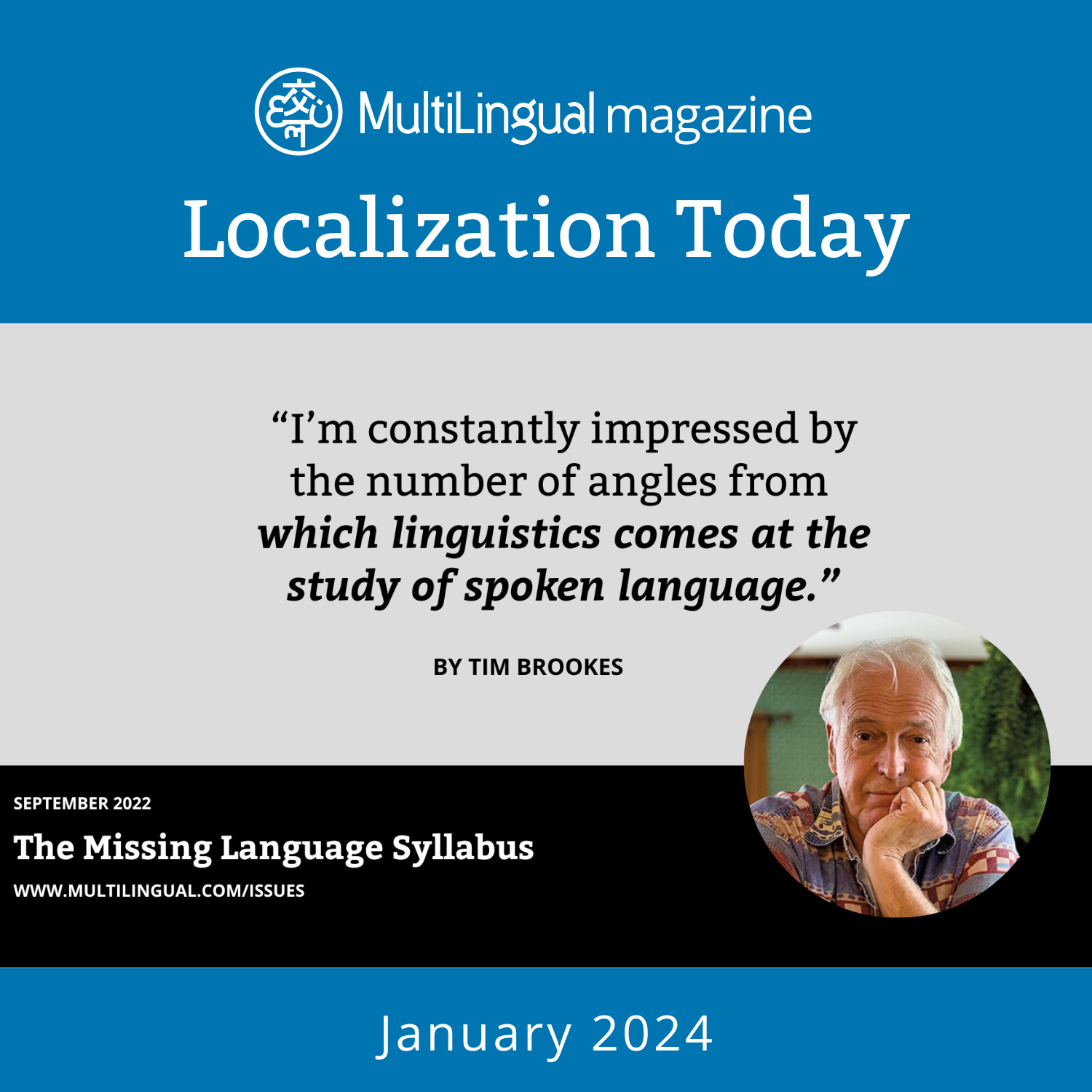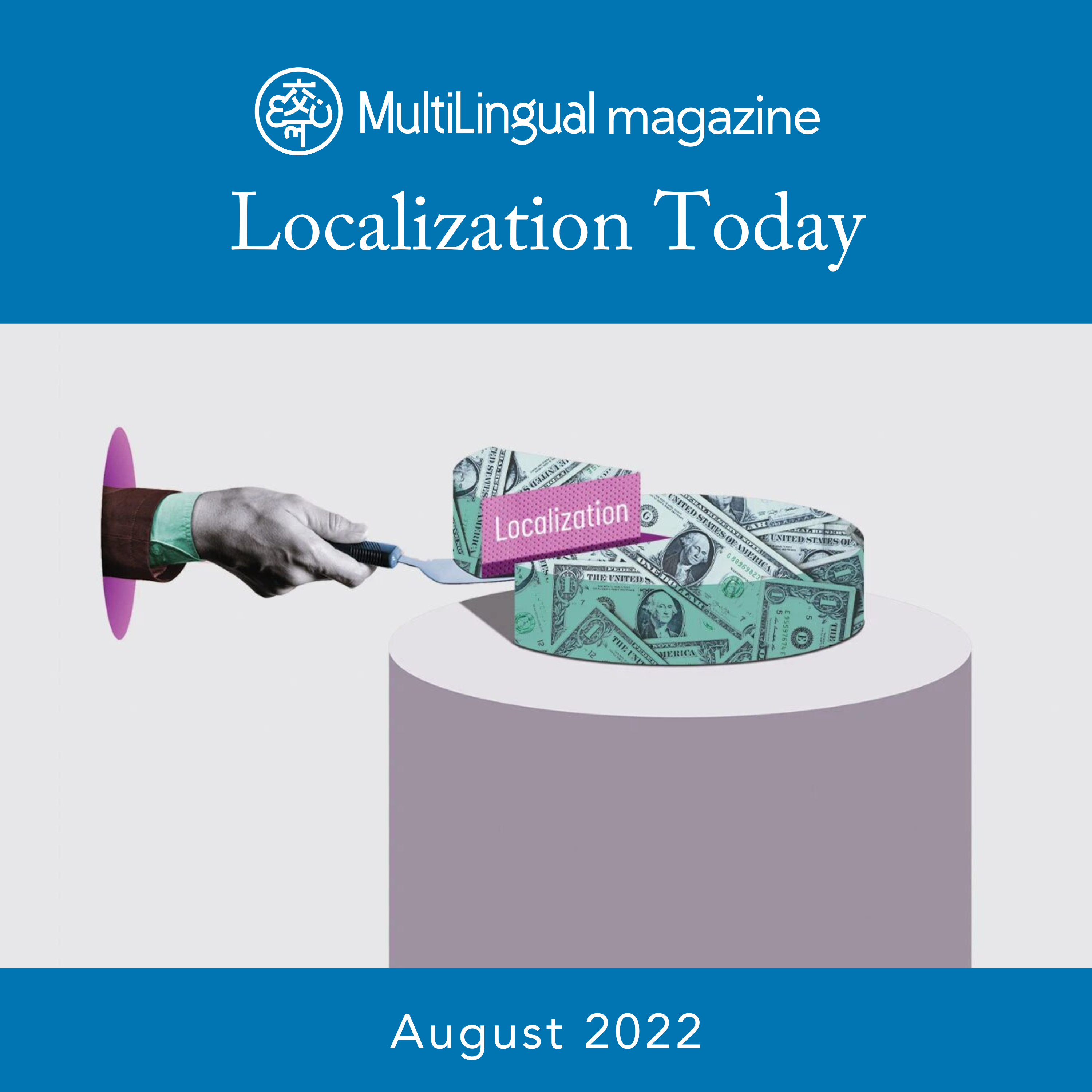Episode Transcript
[00:00:00] Ritual Identity and the Body by Tim Brooks Christian Kabui is in the middle of a piece of what is certainly the most painful act of calligraphy. In a T shirt, shorts, headband and sunglasses, he leans forward, holding in one hand a patek, a bamboo about 10 inches long, the end wrapped in silk. Using it like a gentle hammer, he's tapping it onto a second device held in his other hand, called a kisi or jisi, in this case a sharpened boar's tusk. The sharp point is dipped in ink made with cooking pot soot. Each tap drives the point into his client's skin, leaving a dot of ink. This is the traditional Philippine art known as batok or batik patek and other variants.
[00:00:52] In the past, these tattoos were regarded as a type of clothing for women. Tattoos were a mark of beauty for men of bravery.
[00:01:02] On some Philippine Islands, men got their first tattoos by beheading enemies.
[00:01:08] Known as the gullet or cutter of the head, this tattoo features three parallel lines encircling the forearm, starting at the wrist.
[00:01:17] All his adult life, Kabui has been a cultural advocate as tattoo artist, painter, graffiti artist, clothing designer, and calligrapher for the Philippines, and in particular for the traditional Tagalog script called babean. He grew up in California, whence his grandmother had fled to escape the Marcos regime.
[00:01:38] He was a keen artist, but as an immigrant was under constant family pressure to buckle down, study, and get a good job.
[00:01:47] Instead, he discovered graffiti. I just went outside and found these kids spraying on a wall. I didn't even know what graffiti was, but I found it so liberating.
[00:02:00] In high school, I actually took a calligraphy class.
[00:02:04] I was interested in it, but I got a D and I thought I could probably paint this better with graffiti markers.
[00:02:13] In the 80s and 90s, hip hop was a big influence on tagging culture. But at the same time, I was also looking up to historical figures, Malcolm X, Marcus Garvey, Martin Luther King and wondering who were the comparable people in the Philippines.
[00:02:30] Like many transplants, he was trying to find out who he was, where he belonged, what his direction in life might be.
[00:02:39] We Filipinos are always trying to be someone else.
[00:02:43] Trying to be a copy of America hasn't been working.
[00:02:47] Now we're trying to be like Korea, but the people whose cultures are strongest are the ones that lean into their culture. After high school, he visited the Philippines in what he calls a gap year. That turned out to be a gap decade afterward, back in the United States, his goal was to teach some of what he had learned in The Philippines. But it wasn't that simple. I was depressed and homesick, so I got a tattoo.
[00:03:15] The artist, Alex Figueroa was one of the first people who was documented tattooing the Philippines script in the late 90s.
[00:03:24] He said, you know about the script, why don't you start posting about it?
[00:03:29] That's when the conversations started.
[00:03:32] People would tell me, my father passed away or I have a new kid, or my favorite, my girlfriend is Filipina and I want to impress her by learning how to write her name. I realized it was much bigger than the aesthetic of the writing.
[00:03:49] It was about people who were searching for something.
[00:03:52] Everything changed when he found a way to combine some of what he had learned of his heritage with his own inventiveness and imagination.
[00:04:00] I started getting back into art.
[00:04:03] In 2012, the Asian art Museum in San Francisco had a month long exhibit of Asian writing systems.
[00:04:11] The idea was to bring two different cultures together and do an exhibit, a live performance and a workshop. He said. Trying to be a smartass, I asked one of the curators, how come there's nothing from the Philippines here?
[00:04:26] He said, I didn't know there was any Philippines writing.
[00:04:30] So for the exhibit, they paired me with a woman named Oi Yamaguchi. She was into things like painting with her hair and ballet and using huge brushes. And I wondered, what the hell am I going to do? At the time, I was taking Philippine martial arts, or Kali, which integrates weapons, in this case, sticks.
[00:04:53] The first two strokes are a V, and with that shape you can create some of the characters of the Babaan Alphabet.
[00:05:01] So I incorporated that using two big brushes and I called it Tulang Kalis, poetry of the sword.
[00:05:09] And it kind of hit, he concludes modestly.
[00:05:14] Whereas 19th and 20th century Western handwriting emphasize the importance of copying tiny, well formed letters with bodily involvement limited to the writing hand, Eastern brush traditions saw writing as a whole body activity akin to dance or martial arts. In Kabue's most recent work, Batoque, he makes the connections among writing, cultural history and the body even more explicit. When he first became interested in tattooing, he bought a tattoo machine. But a tattooist friend asked, why don't you make a traditional tattoo tool? Kabue was already making his own traditional calligraphy tools out of bamboo and water buffalo horn wrapped in silk, and recognized tattooing and calligraphy as parallel practices.
[00:06:03] The stuff on paper is art. The stuff in tattoos is more cultural practice.
[00:06:09] I think of it as the spirituality of your ancestors.
[00:06:13] It's a way to connect.
[00:06:15] Some people just want a recording of the tapping sound. It puts them in a trance.
[00:06:20] I've definitely had some people, whether atheists, Christians, Buddhists, whatever, say they've had a spiritual experience during this practice. The act carries the ritual of repeating the gestures of one's ancestors, learning with the body who you are and where you are from, embodying that line of practice, that tradition, feeling at home in the world.
[00:06:45] Tattooing is one of those visceral things. You can experience the same thing your ancestors did thousands of years ago, the same posture, the same type of pain using the bone tools.
[00:06:59] I can't think of anything else that would have felt exactly the same a thousand years ago.
[00:07:04] This article was written by Tim Brooks. He is the founder of the Endangered Alphabets Project, which aims to create a list of the world's writing systems, identifying every script currently in use and assessing its degree of health or vulnerability.
[00:07:21] Originally published in Multilingual Magazine, Issue 239 May 2025.


